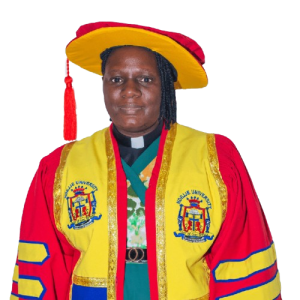Drivers and Barriers of Biomass Energy in Uganda
Ndejje University Journal Of Interdisciplinary Studies,
Volume 1, Issue 1 [March 2025]
eISSN:3079-7683
DOI:https://doi.org/10.64080/ndujis.2025.1.1.003
Geoffrey Ssebabi Mutumba, Ndejje University, Uganda. gmtumba@yahoo.com,
gmutumba@ndejjeuniversity.ac.ug
Abstract
This study investigates biomass energy applications and development in Uganda. Traditional biomass dominates Uganda’s energy mix with 89% of overall primary energy consumption. It seeks to assess bioenergy applications; it also analyses drivers and barriers of biomass consumption. Qualitative research procedure were handy in gathering information. It used archival and literature review of relevant documents and empirical literature. Empirical literature was triangulated from varying sources of archival information. This information was gathered in various themes. Information from documents were observed from a number of sources to establish their validity and attain a higher level of truths. Information profiled was then summarised and sequenced to derive greater meaning. The contribution of this paper therefore is to forge a safe transition from the traditional biomass to more modern bioenergy alternatives in the energy ladder. The findings indicate an in-built use of traditional biomass because of the drivers that outweigh the constraints of its use. Suggested policy measures to transition to modern biomass energy consumption are made. This study provides critical review of bioenergy application and development in the Ugandan setting. This is a landmark in informing the economic planner on the right policy direction of diversifying energy use.

























